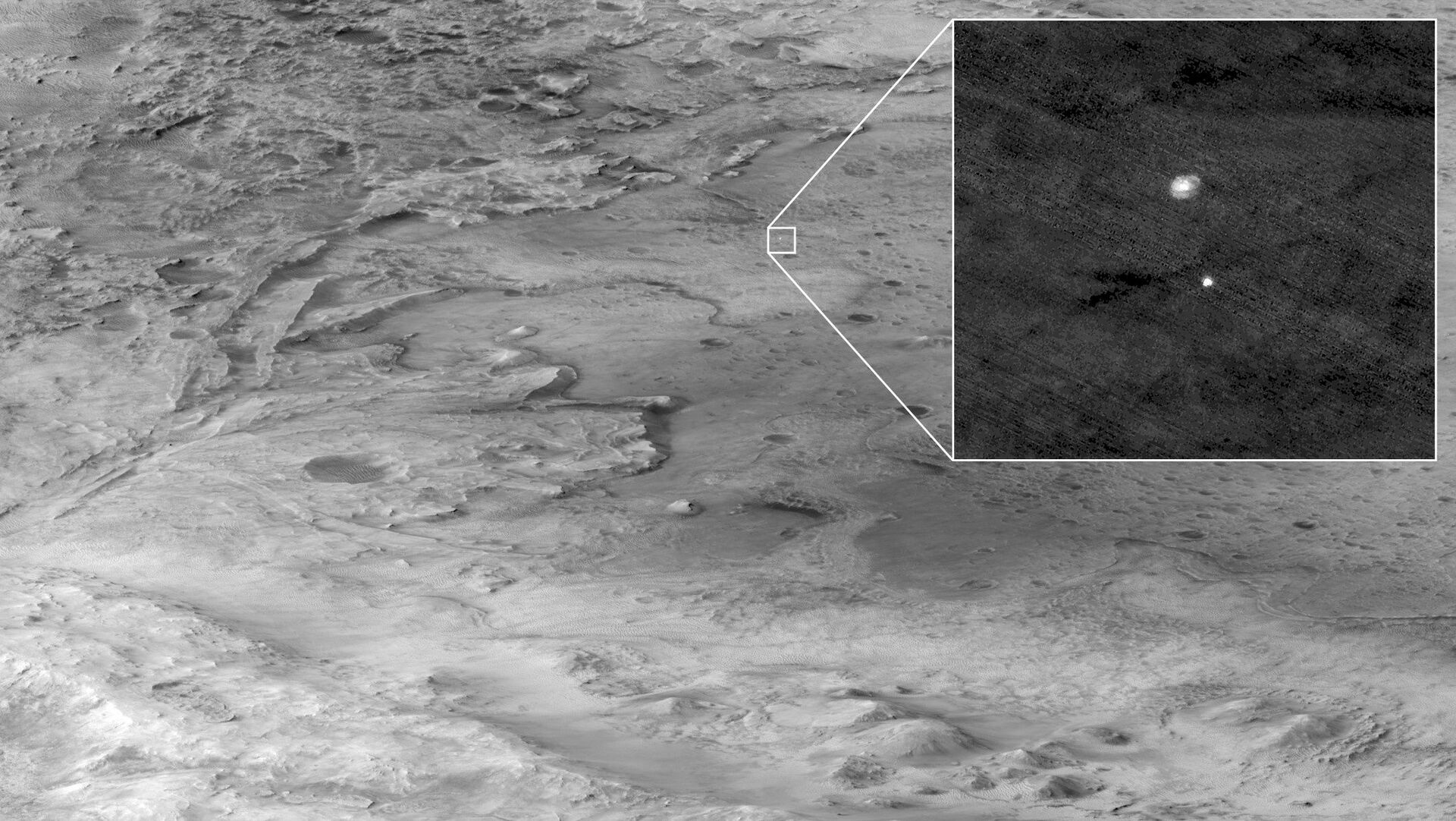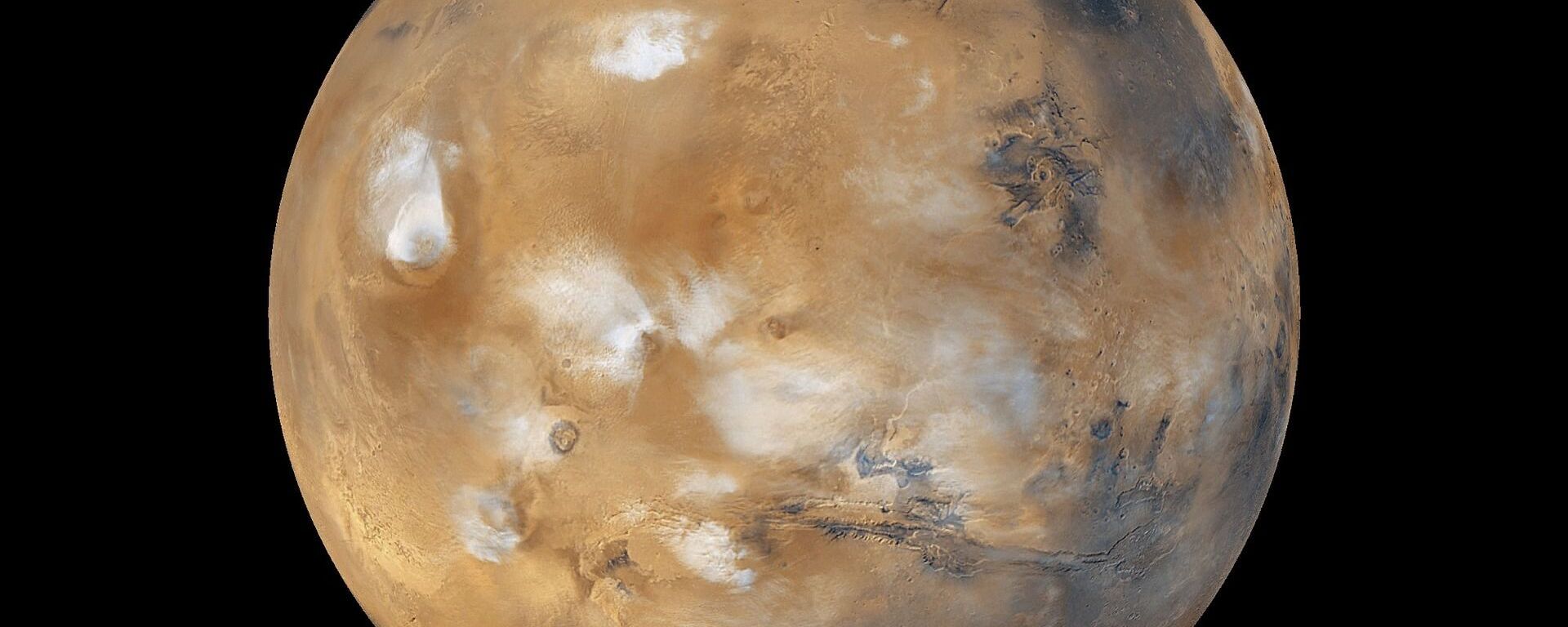On Thursday, NASA's Perseverance landed on Mars to explore the dry-bed of an ancient lake and river delta for signs of microbial life that could have lived in a watery environment three million years ago.
"The Rover is doing great on the surface of Mars and continues to be highly functional and awesome and I'm exhilarated," mission operations system manager Pauline Hwang said. "Power system is nominal. Yesterday we had three highly successful ULF relay passes. We got more Rover engineering data and imagery. We processed more camera images."
The Rover has already transmitted its first photographs to Earth, exciting scientists with its view of rocks that appear to have large numbers of small holes caused by sedimentary or volcanic processes, Hwang said. But it would be at least 60 "solar" or Martian days which are slightly longer than Earth ones before its helicopter Ingenuity would fly, she said.
The moment that my team dreamed of for years, now a reality. Dare mighty things. #CountdownToMars pic.twitter.com/8SgV53S9KG
— NASA's Perseverance Mars Rover (@NASAPersevere) February 19, 2021

Perseverance is the fifth Mars rover launched by NASA. The rover has a drill and other instruments to collect samples of Martian rocks and soil. Perseverance includes devices to prepare for future exploration of the Red Planet, including a machine the size of a car battery that will attempt to make oxygen from Martian carbon dioxide. Strapped to the rover's underbelly, a tiny helicopter named Ingenuity will attempt to explore the nearby surface by navigating the planet's thin atmosphere.
On Saturday, NASA engineers will check out more of the Rover's instruments and raise its communications mast, Hwang said. A primary objective for the mission is to search for signs of ancient microbial life. The Rover will also study Mars' geology and past climate and be the first mission to collect and cache the planet's rocks, NASA said.


